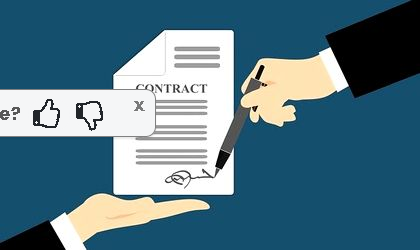Abandoned Property Conveyancing
New Jersey Conveyancing – Claim Abandoned Property
New Jersey’s process for claiming abandoned property can be complicated. Sometimes the owner may have left the property without knowing where it went. In other cases, the landlord might want to take the difference. In some states, the landlord can claim the property immediately. A landlord can also immediately take over the property in Texas and Colorado.
What is an abandoned property?
This is personal property that has been left by an owner and not claimed for a long time. It belongs to the original owner until it is located and then transfers to the state. This is a common law principle. The owner can claim the property if they place a sign on it. To recover storage costs, the landlord may sell the property. Some states require the landlords to return it to the tenant.
There are many options for how to handle abandoned property. A landlord has the option to either dispose of the property or to sell it to cover storage costs. Some states let the landlord keep the difference, and others require them to give the property back to the tenant. In these cases, it is best to consult an attorney who specializes in such matters. You can also seek help from the unclaimed property fund of the state. In these cases, the landlord may decide to hand the property over to the state or county.
Once the landlord receives the payment for the abandoned property, it can then decide how to dispose of it. Some states allow the landlord to keep the difference, while others require the landlord to turn over the property to the state or county. In both cases, it will be the landlord who will have to take care of the storage and disposal. The buyer will need to pay a hefty fee to the lender, which is why it’s important to have the property disposed of as soon as possible.
The process of claiming abandoned property –
The process of claiming abandoned property is not easy. The process of claiming abandoned property can be difficult if the owner is not sure where their property is. It is best to contact a local property lawyer in this situation. These lawyers will be able help you navigate the state’s laws concerning escheatment, and other legal issues related to your personal property. An investigation state-by-state can help you avoid legal trouble, and even save you money.
If the owner has not yet claimed the property, the court may be able to take it back. Often, the state will seize the property and then sell it. There are other issues that could arise from escheatment. Although the process of escheatment may not be the same in all states, it is complex for those who want to claim abandoned property. As long as a person has put a sign on the property, it is considered abandoned property.
In some states, the court could decide that an item has already been found and has been declared abandoned. A lawyer who specializes in abandoned property conveyancing can help you decide how to proceed. The court will also consider whether the property is private or public. The court will also examine how long the owner left the property in its current condition before he or her found it. This can be a challenging process. This is because there are many variables involved.
Once the property is abandoned, the next step in the process is to decide how it should be handled. The owner has a choice of how the property will be handled. It can be sold at the same price it would have earned if the owner had remained in the state. In some states the landlord can keep the difference after the sale. However, in others the property will go to the county or state. If the owner agrees, the landlord could be able or allow the landlord to reclaim the property.
An abandoned property is property that has been left behind by the owner. It is possible to dispose of the property to recover its storage costs. However, the owner may choose to keep the difference. If the owner doesn’t want to keep it, the state can turn it over to a county. A qualified attorney is required if a landlord wants to sell an abandoned parcel of land.



